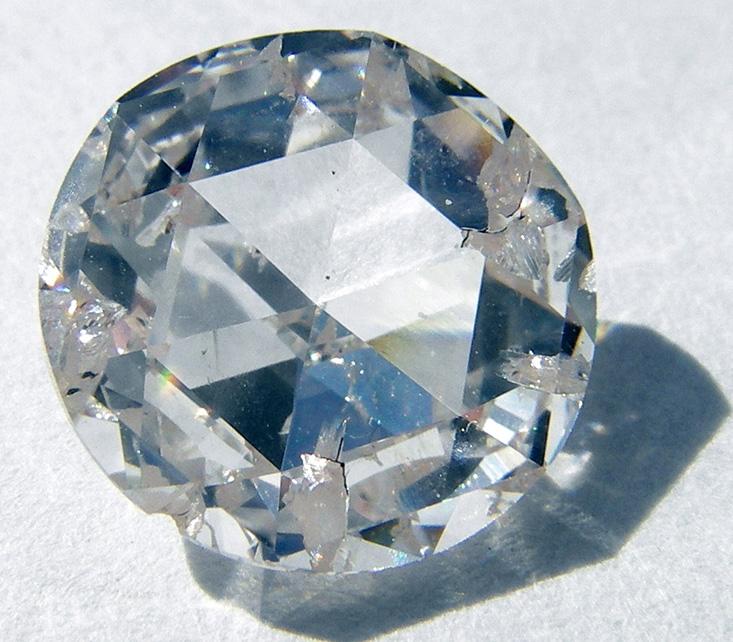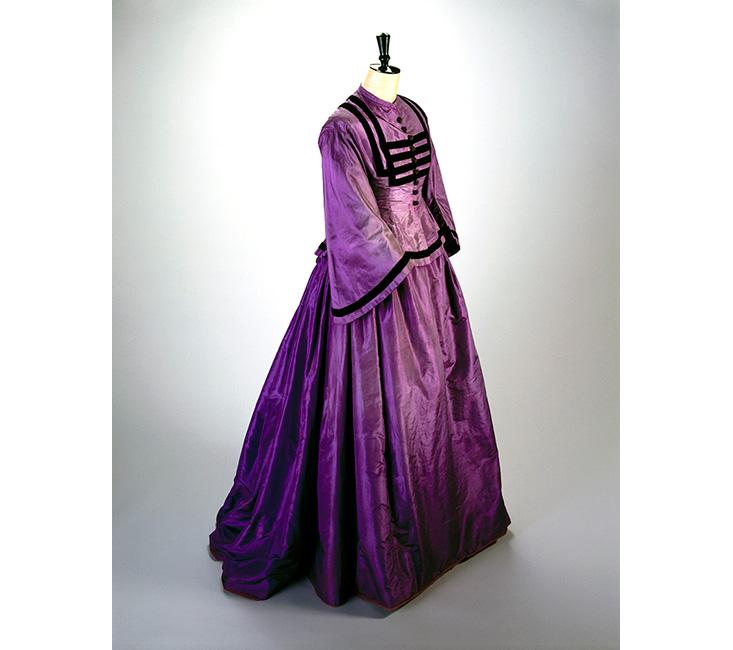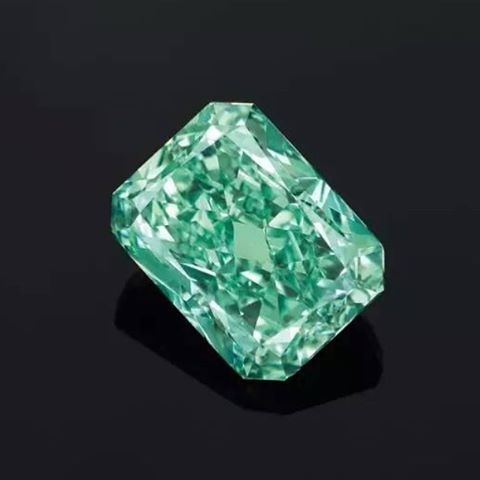As science blurs the real and unreal, we are learning to distinguish them in new ways.
The announcement of synthetic diamonds in 1955 was met with the same kind of alarm and skepticism that greeted claims to have made alchemical gold in the Middle Ages.
Could these “fake” gems, created by a team at the General Electric research laboratories in Schenectady, New York really match the genuine article? One anonymous critic from California captured a widespread suspicion in blunt terms when he wrote to GE, saying:
You can’t make real diamonds for they are nature grown. You can’t make gold; no one can. They dig gold out of the ground and also diamonds. But no one can make them with a machine. That is just a lot of bull.
Yet what if it were true that diamonds really can be manufactured? When GE revealed the discovery, the stock of the De Beers diamond cartel in South Africa, which dominated the global market, plummeted. It seemed like a rare and precious commodity was about to be supplanted by an artificial form that could be fabricated by the ton, mirroring a millennia-old concern about the devastating power of fakes. Concerns over the devaluation of gold currency led the Roman emperor Diocletian to ban alchemy in the third century, and worries about counterfeiting and debased coinage also lay behind the condemnations of the art by Pope John XXII in 1317 and of King Henry IV of England in 1403.
This, though, was no alchemy: The GE diamonds were perfect chemical replicas of the real thing. Was it the end of a billion-dollar market?

All that glitters: A rose-cut synthetic diamond created using a chemical vapor deposition process.
The answer was no. “Fake” diamonds are cheaper, and for industrial uses they have utterly eclipsed their natural counterparts. But at the luxury end of the market—gemstones for jewelry—artificial diamonds account for only 2 percent of global sales. How come?
When it comes to luxury and exotic materials, the competition between fake and real is partly a technical, chemical affair: how to create a good imitation, and how to spot it. But, as artificial gold and diamonds show, there is a deeper level to it, which is about something very human and socially constructed: the concept and value of authenticity.
There are few better examples of the social implications of chemical “fakery” than the synthetic dyes of the 19th century. Medieval and Renaissance cultures were virtually color-coded hierarchies. Crimson and scarlet garments were for cardinals, bishops, popes, and monarchs, echoing the ruby-purple of the emperor’s robes in classical Rome. Clothing displaying other rich colors was a mark of wealth; black in particular came to signify the conspicuous consumption of the affluent merchants, who could afford cloth dyed in several expensive dyes until it took on this somber shade.
Cheap substitutes would fool no one—they faded fast in sunlight or washed quickly from the threads.
Purple, with its associations of antique nobility, was especially resonant. But how challenging it was to make! When the wife of Napoleon III, the glamorous Empress Eugénie, visited England in 1858 dressed in a crinoline made from swathes of glorious mauve-hued cloth, the English went crazy to imitate this display of continental haute couture. Even Queen Victoria rather dowdily followed suit.
The timing could not have been better for the young chemist William Perkin, who discovered in 1856 how to make a strong and permanent purple dye from an extract of the abundant coal tar, the residue from the extraction of gas from coal. Tempted at first to call it Tyrian purple to capitalize on the exclusive associations of antiquity, Perkin soon realized that nowadays French fashion counted for more, and it became “mauve,” after the French word for mallow, a plant with purple flowers.

Purple for the people:
This silk dress is dyed with Sir William Henry Perkin’s original mauve
aniline dye.
The purple, even though it has faded, has a richness
unachievable by natural dyes.
This too seemed a kind of alchemy, as Charles Dickens’ journal All The Year Round acknowledged in 1859:
Regarding clothing we've mentioned that green was the prize for the aniline dye makers:
Alchemists of old spent their days and nights searching for gold, and never found the magic Proteus, though they chased him through all gases and all metals. If they had, indeed, we doubt much if the discovery had been as useful as this of Perkins’s [sic] purple.
But the disdain expressed toward the garish colors that Perkin’s purple, and related dyes such as magenta, made accessible to the general public from the 1860s had within it a clear distaste for the arriviste. Now that simply anyone can wear what once marked you out as a person of consequence meant that new ways were needed to arbitrate social distinction. “Never trust a woman who wears mauve, whatever her age may be,” wrote Oscar Wilde in The Picture of Dorian Gray. “It always means they have a history.”.....MUCH MORE
Blow Things Up Eco-Friendly Style. And: Green Fashion
...Why is it always green? I seem to recall that European dressmakers had trouble with green. One of the pre-aniline greens was made from arsenic, the poisoning from same tended to reduce its popularity.And finally to bring it all back around, from last May:
The discoverer of the first synthetic dye, young Mr. Perkins came up with a green, a decade after he blessed the world with mauve, which he modestly named Perkin's Green.
I have a vague recollection of a story about Empress Eugenie causing a stir when she wore a green gown to the opera. Then as the world switched from gaslight to electric there was more trouble with green. Enough with our stroll down the runway. I'll leave off with some pictures:
Here's the shack the Empress lived in after she and Napoleon III were asked to leave France...
Nice Rock: Christie’s Unveils the Aurora Green Diamond
For the most part diamonds are not investments, at best they are speculations except possibly in the case of the colored Fancy's.
From Diamond Investments:
I don’t recall the last time I was wowed by a diamond. When I see so many diamonds, research special diamonds, and discuss large numbers, that amount of zeros has no longer a meaning. It would take something really special to get me excited. Christie’s has just done it! And I think this will be the last one for this year…

Christie’s Aurora Green diamond, to be auctioned in Hong Kong Image credit: Christies’s
In the upcoming Geneva auctions, Sotheby’s and Christie’s together have over 10 diamonds in pink and blue diamonds to be offered to the bidding crowd on the floor, on the phones, and to those that are bidding online. In fact, to be honest, I am a bit skeptical about the quantity of the special diamonds that will be offered in Geneva. I am concerned that there are not enough bidders for all these special diamonds. My concern is not because they are not worth the current estimates (some are worth even more than the high estimates). It is because even these wealthy people still require liquidity at these levels (unless they reach a side agreement with the auction houses), and they need to have the desire to own so many diamonds at any given one time....MORE